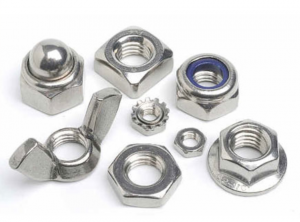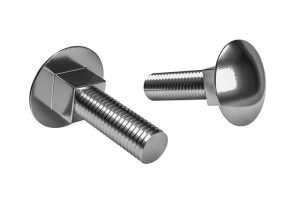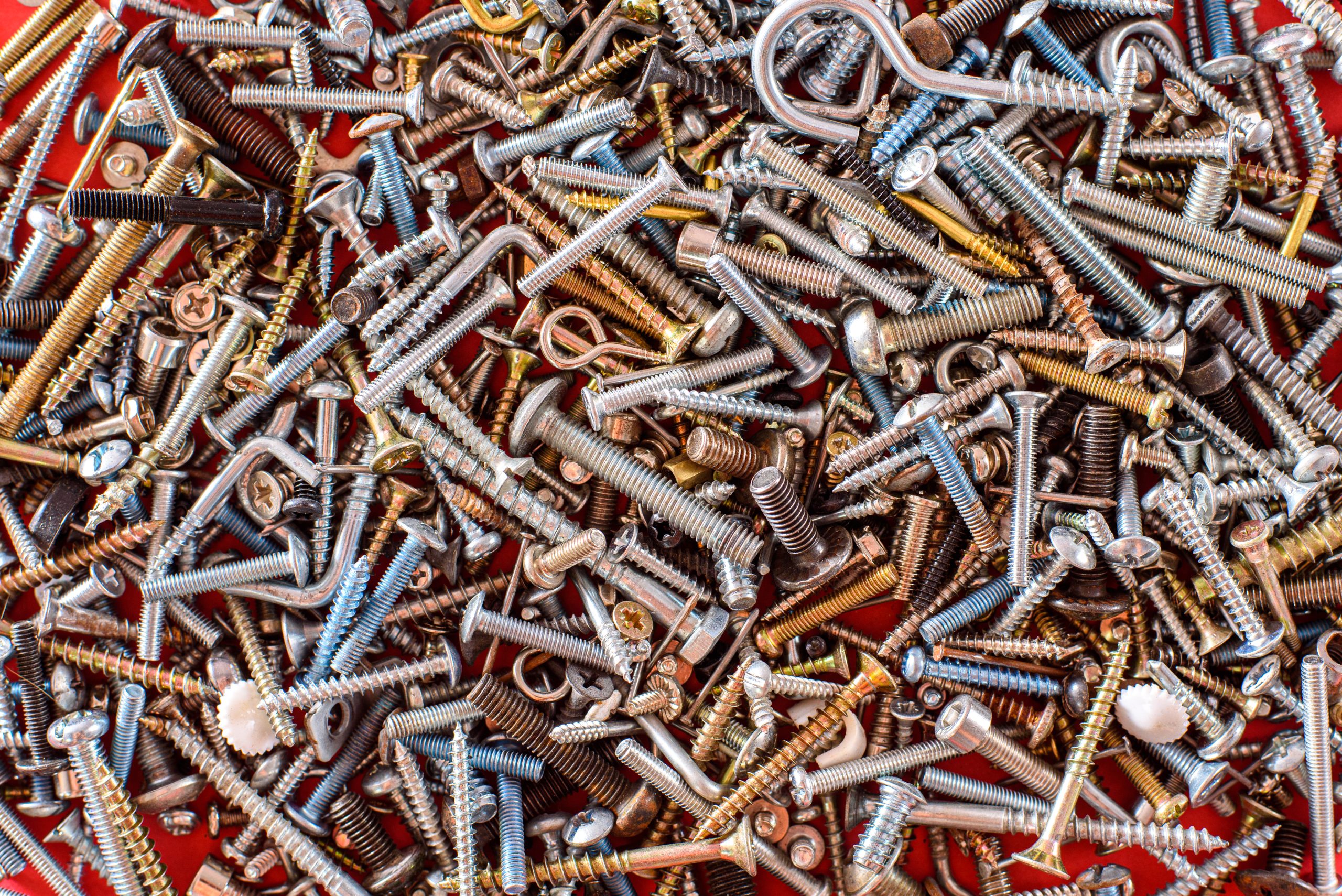
There are as many different kinds of stainless steels as there are industries and applications that use them. From basic stainless alloys used in everyday products to more exotics types of stainless used in more demanding environments such as marine and chemical environments and extreme weather.
What makes stainless steel so appealing to product designers and manufacturers is that it is easy to fabricate and has an attractive aesthetic appeal. These properties, coupled by the fact that stainless steel has hygienic properties, makes it popular for consumer products and items that are used in food preparation and healthcare such as cookware and appliances as well as surgical instruments and hospital equipment.
 Let’s take a closer look at some of the more popular types of stainless steels:
Let’s take a closer look at some of the more popular types of stainless steels:
18-8:300 Series There is little overall difference in corrosion resistance among the 18-8 types, but slight differences in chemical composition make certain grades more resistant than others against particular chemicals or atmospheres. 18-8 has superior corrosion resistance to 400 series stainless and is generally nonmagnetic.
304 This is the most basic stainless steel alloy and part of the 18-8 category. Because of its ability to withstand the corrosive action of various acids found in fruits, meats, milk, and vegetables, Type 304 is used for sinks, tabletops, coffee urns, stoves, refrigerators, milk and cream dispensers, and steam tables. It’s also used in a variety of other kitchen products such as cooking appliances, pots, pans, and flatware. 304 stainless is also popular in food processing applications such as in mills, bakeries, and meat-processing plants — all metal equipment exposed to animal and vegetable oils, fats, and acids is manufactured from Type 304.
316 Used in products destined for severe environments, Type 316 is austenitic, non-magnetic, and thermally non-hardenable, like Type 304. Because it contains molybdenum, Type 316 can withstand the corrosive effects of sodium and calcium brines, hypochlorite solutions, phosphoric acid; and the sulfite liquors and sulfurous acids used in the paper pulp industry. This alloy is preferred for industrial equipment that handles the corrosive process chemicals used to produce inks, rayons, photographic chemicals, paper, textiles, bleaches, and rubber. Type 316 is also used extensively for medical components such as surgical implants as well as for marine products.
The major types of stainless steel used for fasteners include:
 Austenitic stainless steels: (AISI 202, 302, 304, 316): These steels are generally nonmagnetic and have the best corrosion resistance because of their large nickel and chromium content. Their good cold-forming characteristics are subject to work hardening and are not heat treatable.
Austenitic stainless steels: (AISI 202, 302, 304, 316): These steels are generally nonmagnetic and have the best corrosion resistance because of their large nickel and chromium content. Their good cold-forming characteristics are subject to work hardening and are not heat treatable.
Martensitic stainless steel (AISI 410, 420): These metals are straight chromium steels with little or no nickel. They are magnetic and can be heat-treated. They also have more strength than austenitic types, as well as lower corrosion-resistance and are harder to cold form.
Precipitation hardening stainless (AISI 17-4 PH): These are nickel chromium stainless steels with cobalt and tantalum. The alloying agents produce high strength and ductility, as well as good machinability and weldability. They are not used for cold-forming, but are commonly used for high-strength, corrosion-resistant screw-machine parts.
Stainless steel fasteners come in virtually every type of stainless alloy. To find the right stainless steel fastener for your specific application and product, contact the stainless steel fastener specialists here at Electronic Fasteners.

